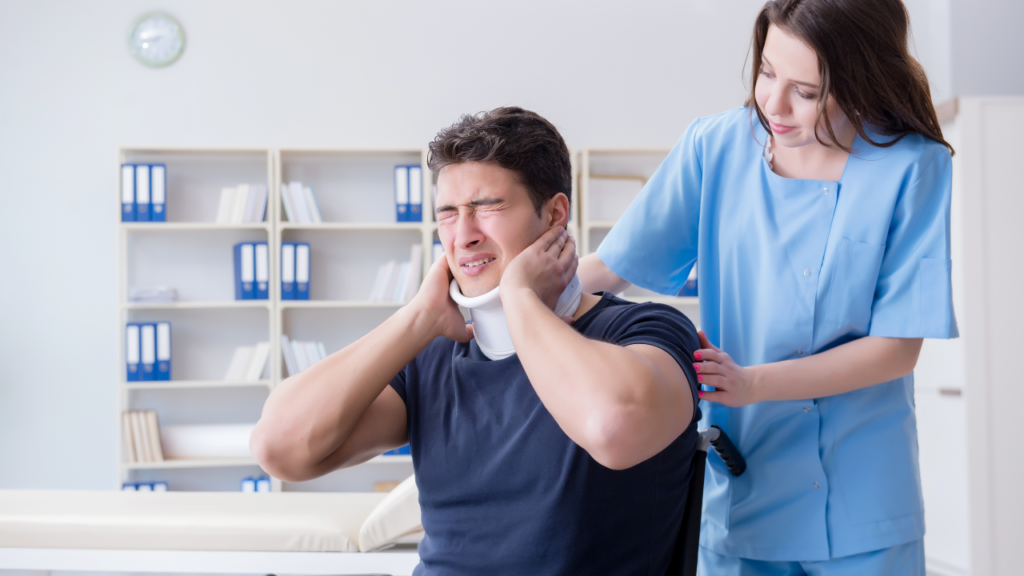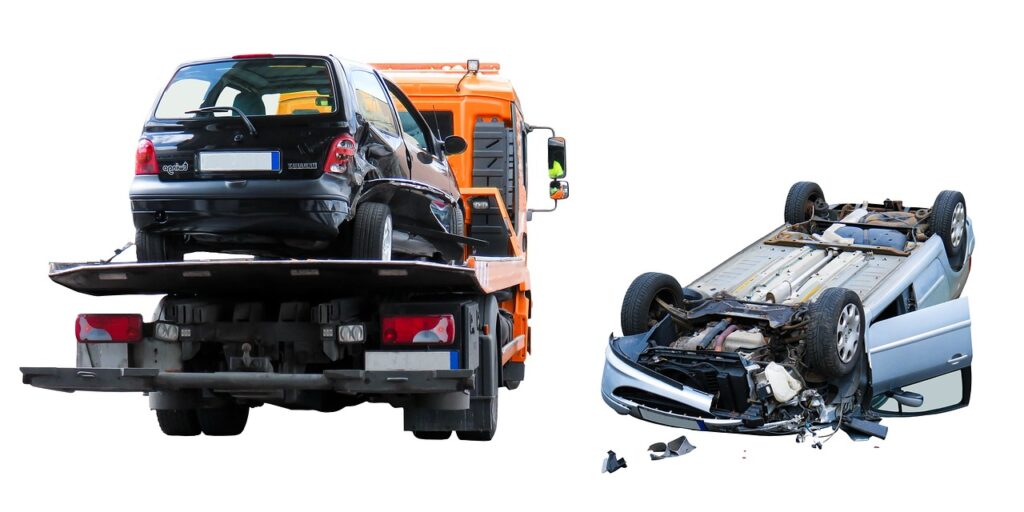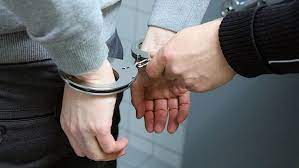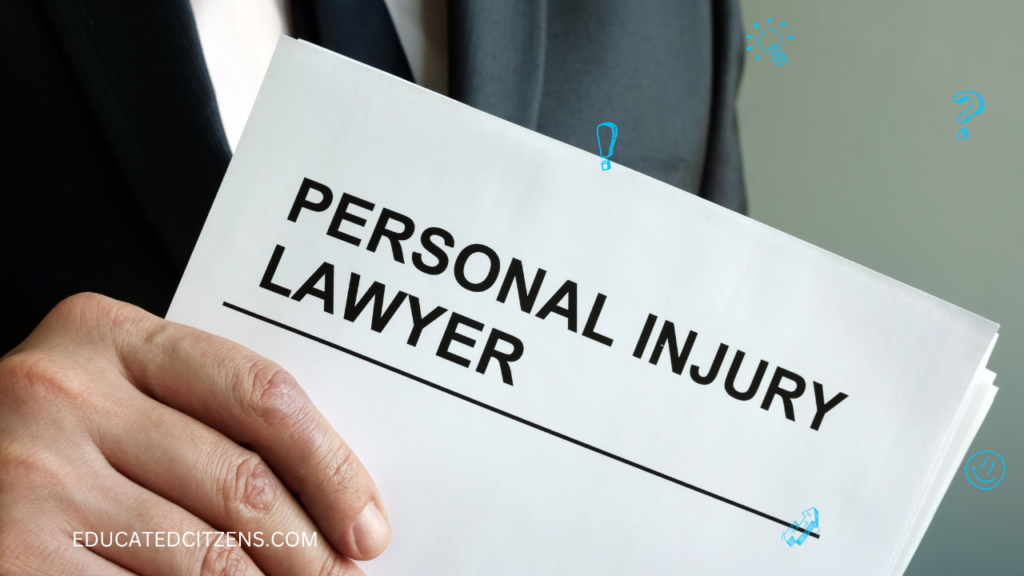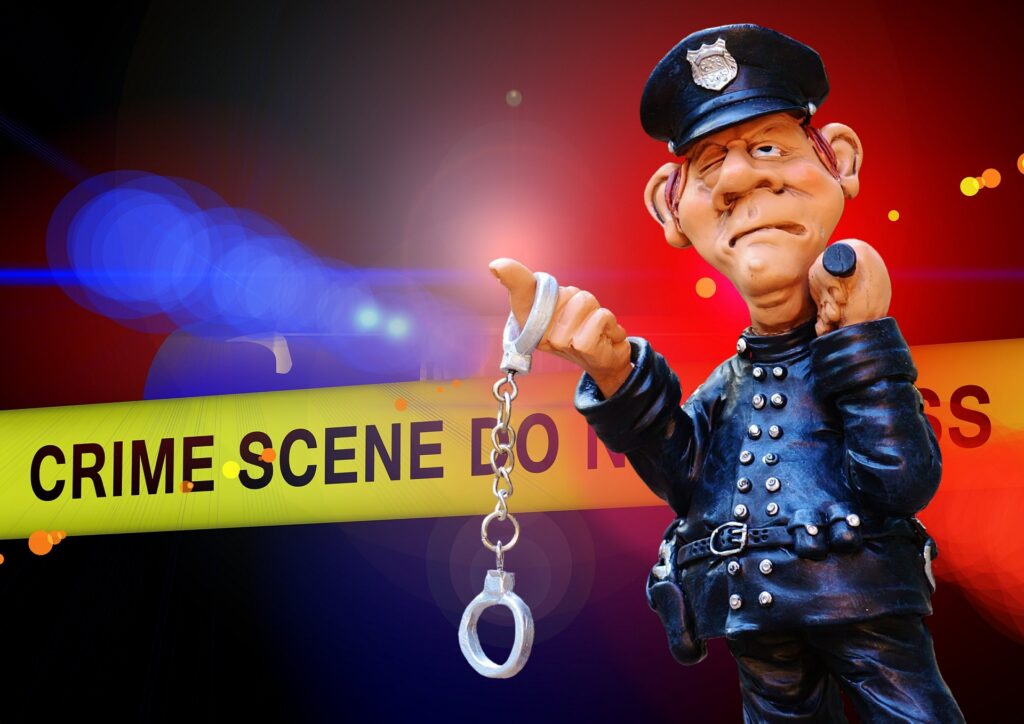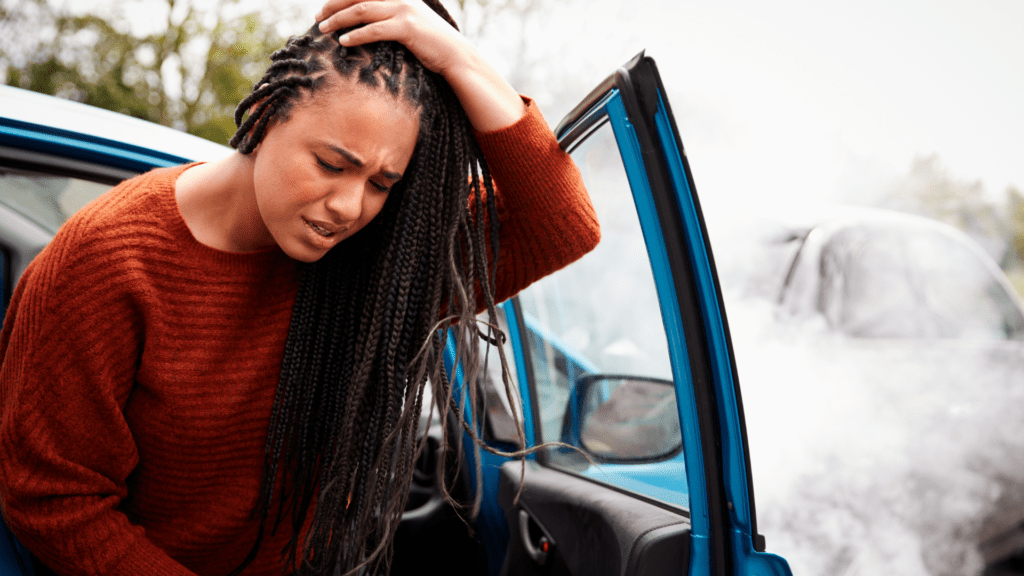Do the police usually find the people behind hit-and-run accidents?
Have you ever wondered what occurs to drivers who cause hit-and-run accidents? Did you know that as a result, victims and their families are frequently left with more questions than answers? How likely is it that the police will find the driver, according to the statistics?
From reports, the police are fairly successful at resolving hit-and-run incidents. However, there are still a lot of variables in play that might make or break the odds of catching the offender. Why don’t the police typically track down those responsible for hit-and-run incidents? Let’s explore the information and find out!
Page Contents
What evidence is needed to convict a hit-and-run?
Just like any other offense, police need significant leads backed up by evidence suggesting the named person, or individual committed a hit and run otherwise, no police officer would want to waste time and resources in pursuing non-significant cases.
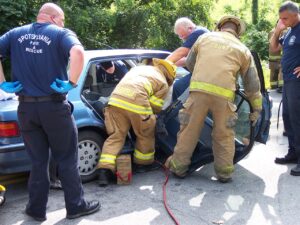
If you really think someone committed a hit and run and is therefore worthy of pursuing, you and the police will need the following pieces of evidence.
1. Eyewitness testimony. You will need to ask and take statements from people who witnessed the hit and run. Take their contact numbers in case police or a hired car accident attorney later wants to talk to them.
2. Physical evidence. You should have taken photos showing the extent of the damages your car incurred. You may also need debris left behind at the car accident scene.
3. Video footage. There is a chance the car accident footage could have been captured by a security camera or the dash cam installed on the car that was in front or behind you.
4. Forensic evidence. Hopefully, you acted smart and invited the police to complete a car accident report. The officer who responded to the hit-and-run accident will help in gathering forensic evidence.
Forensic pieces of evidence needed include; paint samples, tire tracks, and DNA.
5. Records. These include the other drivers’ license plates, traffic citations issued, and any other recorded evidence.
I committed a hit and run how long will it take for the police to find me?
In any case, there isn’t a specific period of time following a hit-and-run that the police must search for you. It actually depends on the particulars of your case and the tools the police have at their disposal. While some hit-and-run cases are quickly resolved, others may take months or even years.
But it’s necessary to keep in mind that just because the cops didn’t find you straight away doesn’t mean they won’t eventually. The police now have a number of techniques at their disposal to find hit-and-run culprits because of advancements in technology and forensic science.

Therefore, the best course of action if you are feeling stressed or afraid about your circumstance is to get legal counsel and offer the police as much cooperation as you can.
For example, it took Sam just 7 days for police to contact him over the hit and run he committed along I-15 Between Exit 138 and Exit 129.
“I hit the truck in my front and decided to flee well knowing no one saw me”, says Sam. “I was horrified when after just 1-week local police called and questioned me about the hit and run offense I committed”, continued Sam.
“Luckily, it was a minor hit and run which I later settled with the other party. I hunted for the other driver and negotiated a $3,000 settlement and this saved my day”, concluded sam.
According to Billy, a traffic police officer, “it takes hours to months for the police to find someone who committed a hit and run, provided there is a clear piece of evidence and leads”. Otherwise, the police may never find the offender.
What do police do in a hit-and-run?
According to Billy, the traffic police officer, police will typically take the following steps once they have been notified of the hit and run.
1. Case investigation. Police will take pictures of the scene, and speak with witnesses and any other person involved in the car accident. Police want to dig deep to know what happened and who was involved in the crash.
2. Find the vehicle. Using any resources at their disposal, police will try to locate the vehicle whose driver committed a hit-and-run. Police will use eyewitness statements, surveillance footage, and also use license plate information.
3. Search for the accident suspect. Here police will employ many methods like searching in nearby repair shops, and local hospitals, using forensic evidence to match vehicles, and looking around for possible eyewitnesses.
4. Interview suspects. Once the police have identified suspects police will subject them to interview and administer blood alcohol tests.
5. Charge the found suspect. With sufficient pieces of evidence, police will arrest the suspect and charge him/her with a hit-and-run.
The above-mentioned are just basic steps according to my opinion. Traffic laws vary from state to state and therefore the above-mentioned steps may vary depending on where you live.
Will cops come to your house for a hit-and-run?
The possibility exists that the police could visit your home in relation to a hit-and-run. The police may try to find you and question you at your home if they have grounds to believe that you were involved in the incident and fled the scene.
However, it’s important to note that the police need probable cause or a warrant to enter your home, so they may only be able to speak with you outside your residence.
It is advised to get legal counsel as soon as you can if you are under investigation for a hit-and-run because the repercussions can be severe, including fines, jail time, and a criminal record.
How long does it take police to investigate a car accident?
How long it takes police to investigate any car accident like a hit and run depends on the complexity of the accident, the number of vehicles involved, pieces of evidence, and the presence of eyewitnesses.
Police will typically investigate and solve a minor car accident in a few hours but it could take days to a couple of months to investigate a complicated car crash.

Here is an example. Timothy recently was involved in a hit and run and luckily, he invited the police to show up and complete a crash report. “I was involved in a major hit and run but luckily it took police 3 weeks to investigate and charge the at-fault driver”, said Timothy.
According to Timothy, the police relatively found it easier to solve his hit-and-run accident just because the nearby security camera captured the hit-and-run footage so the police found it relatively easy to pin the offender.
How to find out if a hit-and-run was reported?
According to Billy, you can find out if a hit and run was reported by trying the following methods.
1. Contact the local police. If you are a hit-and-run victim, you could contact the local police department to find out if the accident was reported or not. Police usually keep all the records of car crashes from their area of jurisdiction.
2. Check online resources. Some states have online databases containing all reported car accidents.
3. Contact your car insurance company. Every policyholder is mandated to report any car accident he/she was involved in within a certain period of time. If you need any information concerning a hit and run or any accident, simply call them.
4. Local news. If police cannot locate the hit-and-run offender through other means, they could let the tragedy be televised. If you are the offender, watching local news could easily tell that the hit-and-run accident is reported.
5. Severity of the accident. Some states require each driver to report the accident irrespective of the severity. In other states, the law requires reporting every major accident.
If you committed a major hit and run in which there were severe injuries, deaths, or significant property damages, it’s almost inevitable that the car crash was reported.
Chances of getting away with hit and run?
The likelihood of getting away with a hit-and-run depends on a number of variables, including the seriousness of the accident, the presence of witnesses or video evidence, and the effectiveness of the police investigation.
The likelihood of an arrest in a hit-and-run case involving modest property damage is typically lower than that of a case involving significant injury or death. If there is enough evidence, such as eyewitness testimony, security film, or recognizable car damage, even small hit-and-runs can be solved.
It’s critical to keep in mind that hit-and-run is a serious offense with substantial repercussions, including fines, jail time, and a criminal record. The best course of action is to either report the accident to the police right away or stay at the scene and exchange information with the other driver.
According to police reports, only 5-10% of hit-and-run cases are solved. This implies that at least 90% of hit-and-run offenders are never caught and cases are not solved.
What happens if someone reports your plates after a hit-and-run?
The following happens if someone reports your car license plates after a hit and run.
1. case investigation. Police will kick in and start investigating the case. They will try to determine the owner of the car and also gather any other physical evidence.
2. Contact you. Once the police have ascertained that you are the owner of the car, police will contact you for further interview and they could also invite you to their offices for further questioning.
3. Hit and run charges. Once the police have enough evidence, they will proceed to charge you with a hit-and-run. Depending on the severity of the accident, expect to be charged with a misdemeanor or a felony.
4. Trial or court appearance. Depending on the charge, you may appear in courts of law to defend yourself against the charges.
Potential penalties or charges for hit-and-run cases include paying fines, jail time, and revocation or suspension of your driver’s license.
Conclusion.
In conclusion, the police usually do make efforts to find the people behind hit-and-run accidents, but the success of these efforts varies based on the circumstances of the case. The availability of eyewitnesses, surveillance footage, and physical evidence can all greatly impact the outcome of the investigation.
What you should know is that the police have the resources and expertise to piece together the information they need to identify and prosecute hit-and-run drivers. While it’s impossible to guarantee an arrest in every hit-and-run case, the police work hard to hold those responsible accountable for their actions.
In the end, the best way to avoid being caught in a hit-and-run is to follow the law and remain at the scene of an accident to exchange information and report the incident to the police.
